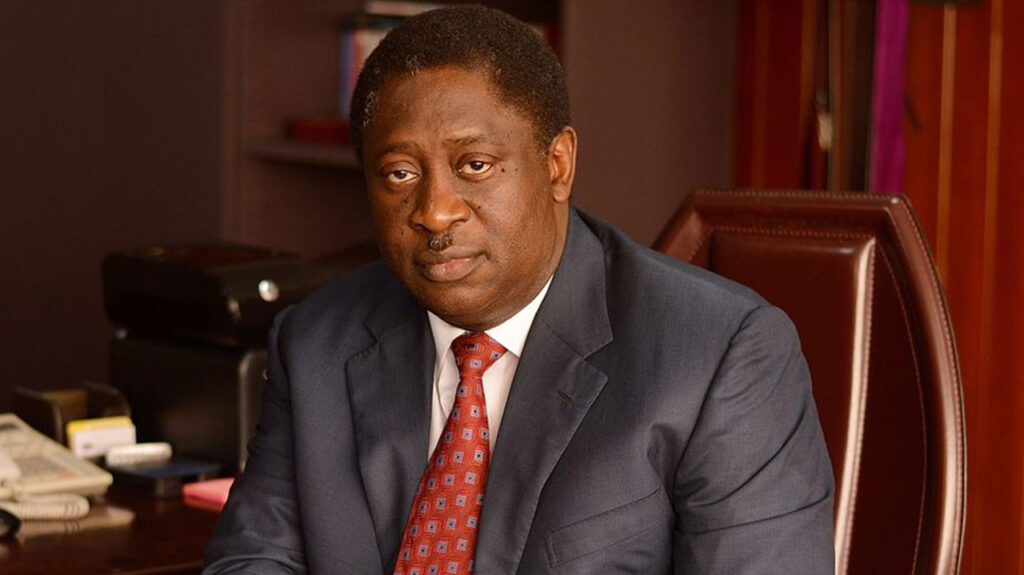
In the journey of wealth accumulation, the focus has long been fixated on financial metrics—stocks, bonds, real estate, and the bottom line. However, in the pursuit of monetary success, a pivotal element often gets overlooked—the significance of intangible assets. Beyond the tangible numbers lies a wealth that transcends generations, rooted in values, knowledge, and relationships.
Intangible assets are qualitative treasures that help individuals and families grow and succeed over time. They are more than just money in the bank or investment portfolios. Instead, they include qualities like what we know, who we know, how others see us, and the wisdom we gain from life experiences. Even though one can’t hold them in one’s hand, these intangible assets play a huge role in building and sustaining wealth across generations. They are the solid foundation that keeps prosperity strong for families, across generations. Examples of intangible assets include:
Intellectual capital:
This is the collection of knowledge, skills, and expertise gained over time. Unlike material possessions, intellectual capital appreciates with age and can be passed down from one generation to the next. Education, innovative thinking, and business know-how are key components of leveraging intellectual capital, empowering future generations to navigate an ever-evolving economic landscape with confidence and resilience.
Social networks and relationships:
In today’s digital, fast-paced world, the importance of human connection remains essential. Social networks and relationships serve as the foundation of support, opportunity, and collaboration, fostering growth and prosperity beyond monetary measures. Building meaningful relationships within communities, professional circles, and family networks not only enriches one’s life but also provides access to invaluable opportunities and resources that contribute to long-term success.
Reputation and trust:
In every valuable interaction where transparency and accountability are crucial, reputation is incredibly important. Building and safeguarding a strong reputation based on integrity, ethics, and reliability lays the foundation for lasting success. Trust, once earned, becomes an invaluable asset, making it easier to form mutually beneficial partnerships, agreements, and projects that drive generational wealth forward.
Values and legacy:
Beyond financial gains, real wealth is measured by the values and legacy one leaves behind. Instilling principles of stewardship, philanthropy, and social responsibility paves the way for a legacy that goes beyond material possessions.
It is also critical to note the role of values in the successful management of financial wealth. By passing down timeless values and a sense of purpose to future generations, families can increase the likelihood of sound decision making while also ensuring that their wealth serves a wider interest beyond that of the family, leaving greater impact.
According to a study by McKinsey, a staggering 80 per cent of a company’s value can be attributed to intangible assets like brand reputation, customer loyalty, and human capital. Further research show that a strong brand reputation can lead to a 20% increase in the prices of one’s offerings, and loyal customers are not just twice, but a whopping five times more likely to buy again, and four times more likely to recommend one’s brand.
Numerous family-owned businesses illustrate the significance of intangible assets in maintaining generational wealth. From the core values instilled by their founders to the strong relationships cultivated with employees and customers, these businesses thrive not solely on financial metrics but on a foundation of trust, integrity, and shared vision that transcends monetary gains and ensures long-term prosperity for future generations.
Adopting a balanced scorecard approach
A balanced scorecard approach recognizes that genuine wealth encompasses both tangible and intangible assets. While tangible assets like financial investments and real estate holdings contribute to a family’s net worth, intangible assets such as intellectual capital, social networks, reputation, and values play an equally crucial role in shaping long-term prosperity. By assessing and optimising the interaction between these tangible and intangible elements, families can develop a more robust and enduring wealth management strategy that spans generations.
One of the primary challenges in adopting a balanced scorecard approach is effectively measuring and quantifying intangible assets. Unlike tangible assets, which can be readily valued and quantified, intangible assets often defy traditional valuation methods. However, advancements in measurement frameworks offer valuable tools and techniques for assessing the impact and value of intangible assets.
Intellectual capital reporting
Intellectual capital reporting offers a structured way to identify, measure, and report on the intellectual assets of an organisation or family. This includes both tangible assets like patents and copyrights, as well as intangible assets like knowledge, skills, and relationships. By systematically capturing and documenting intellectual capital, families can gain a better understanding of their strengths and areas for growth. This enables them to use their intellectual assets more effectively in making wealth management decisions.
Social return on investment (SROI)
The Social Return on Investment (SROI) methodology provides a structured way to evaluate the social, environmental, and economic impact of investments and activities. By measuring the social and environmental value created by intangible assets like community involvement, charitable giving, and social responsibility projects, families can gain a clearer understanding of how their wealth management decisions affect society as a whole. This helps them align their investments and activities with their values and goals, achieving both financial returns and positive social impact.
Integrating intangible metrics into decision-making
After identifying and measuring intangible assets, the next step is to include them in the decision-making process. This means taking into account both tangible and intangible factors when assessing investment opportunities, strategic plans, and risk management strategies. By integrating intangible measures like reputation risk, social impact, and stakeholder engagement into financial analyses and decision-making frameworks, families can make better-informed and well-rounded decisions that match their long-term objectives and values.
In the pursuit of generational wealth, it is vital to understand that real success goes beyond just money. Intangible assets like knowledge, relationships, reputation, and values are the foundation of long-lasting prosperity, shaping the legacy we leave for generations to come. By embracing this holistic view of wealth and investing in these intangible assets, individuals and families can create a legacy that goes beyond financial gains, enriching the lives of future generations and communities.
Awudu is an Advisor at the Meristem Family Office.












